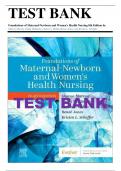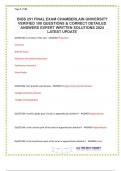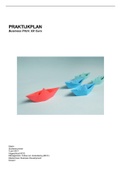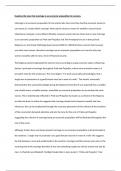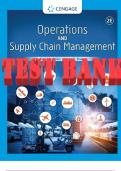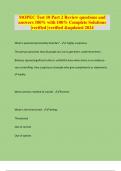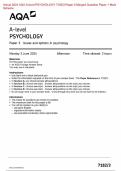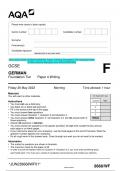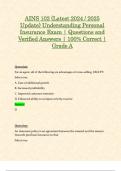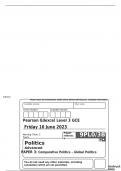Exam (elaborations)
Test Bank Foundations of Maternal-Newborn and Women's Health Nursing, 8th Edition by Murray Chapter 1-28 | All Chapters
- Module
- Institution
- Book
Test Bank for Foundations of Maternal-Newborn and Women’s Health Nursing, 8th Edition by Murray Test Bank Foundations of Maternal-Newborn and Women's Health Nursing, 8th Edition by Murray Chapter 1-28 | All Chapters
[Show more]
